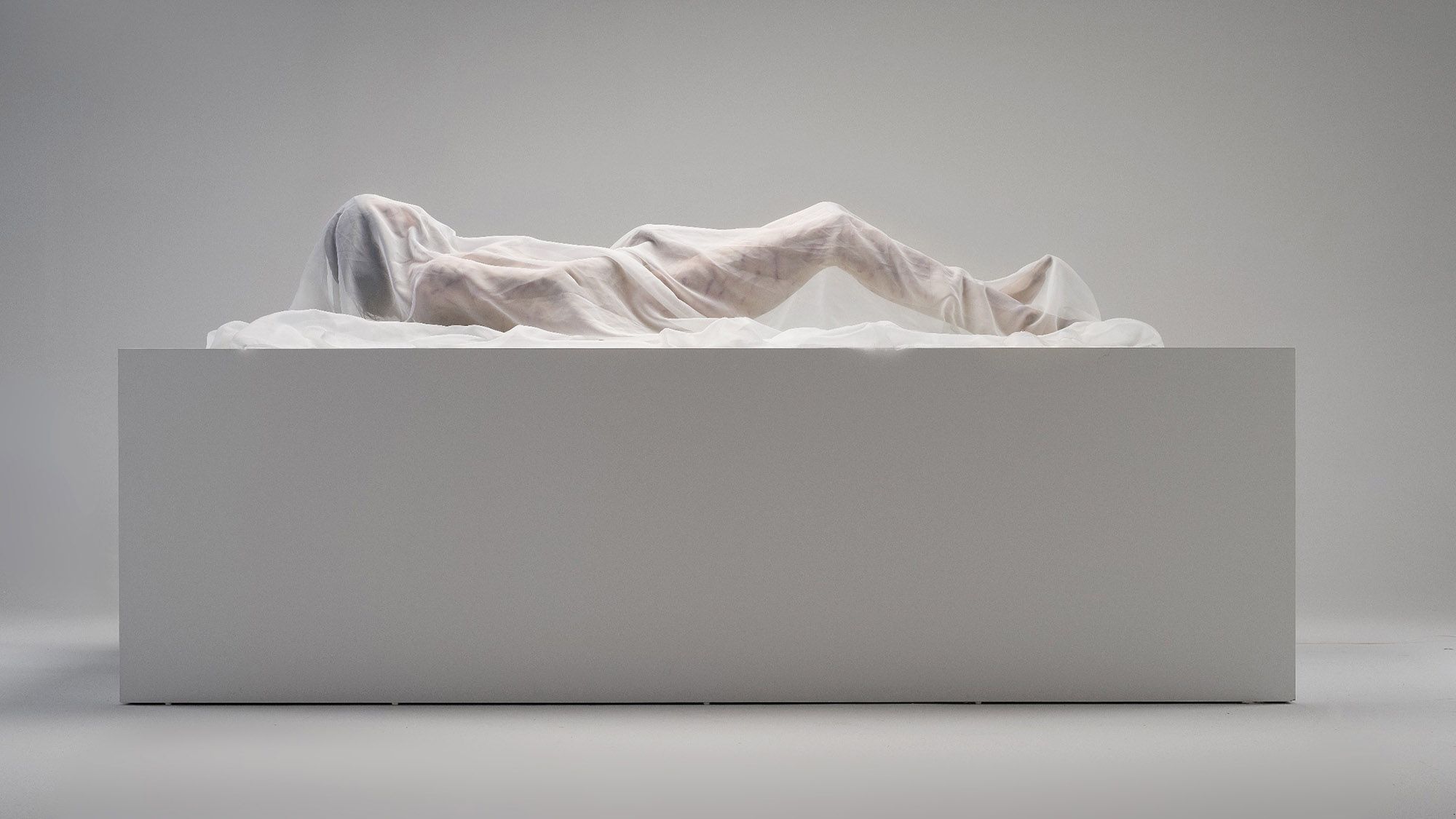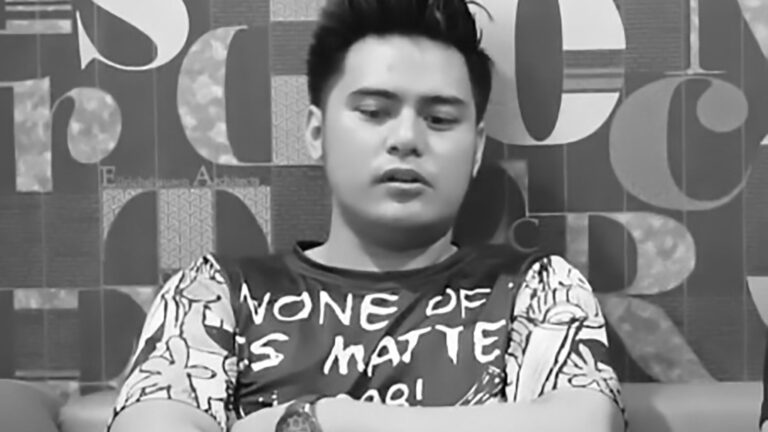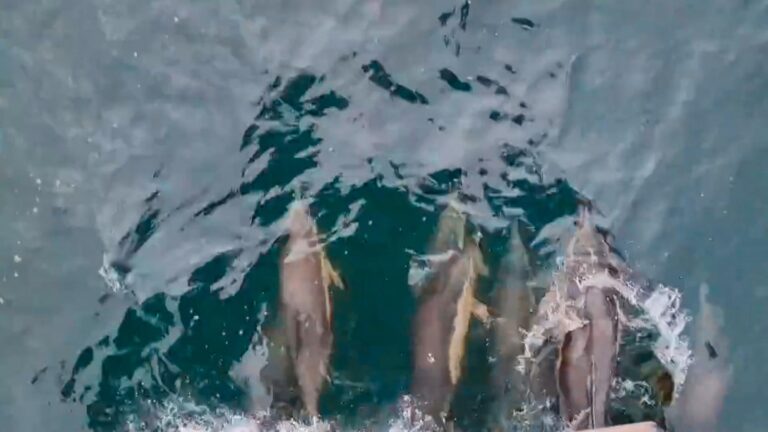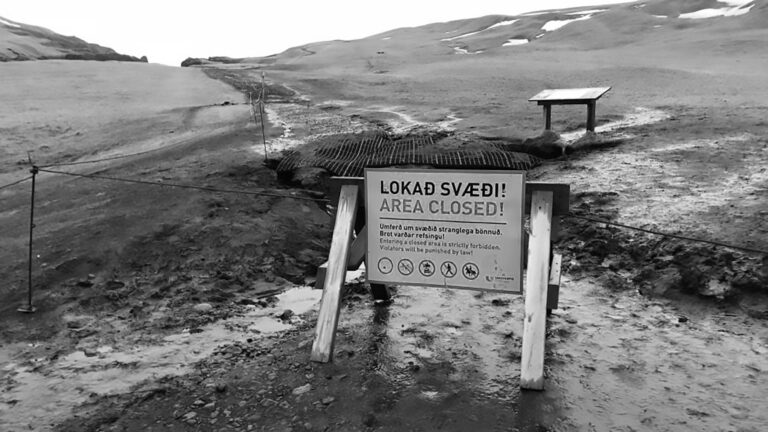Experts in Spain have unveiled this lifelike Jesus Christ made of latex and silicon – and real human hair – based on data collected from the famous Shroud of Turin.
The sculpture even features all the wounds said to have been inflicted on the Messiah.
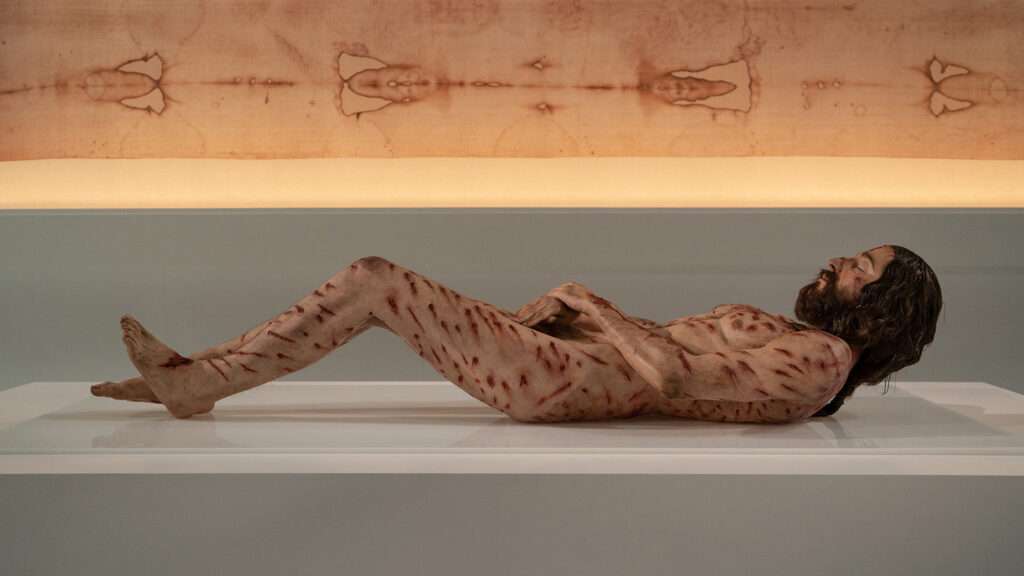
Some believe the Shroud of Turin, first mentioned in 1354, was the burial shroud that housed the body of Jesus after his crucifixion, while others have argued that it is an elaborate fake.
The Catholic Church officially neither endorses nor rejects the Shroud.
And now viewers can make their own minds up, with years of research now translating into a very realistic body made of latex, silicon and even human hair.
The sculpture weighs 75 kilogrammes (165.3 lbs) and is 1.78 metres tall (5ft 10′) and comes complete with all the injuries the Messiah is said to have endured leading up to his crucifixion, including cuts to its head where the crown of thorns is said to have been forced down upon his head.
The sculpture also features the wound inflicted on Jesus’ side by the Holy Lance and the numerous scratches to his body he is said to have sustained after Pilate ordered him to be whipped and mocked.
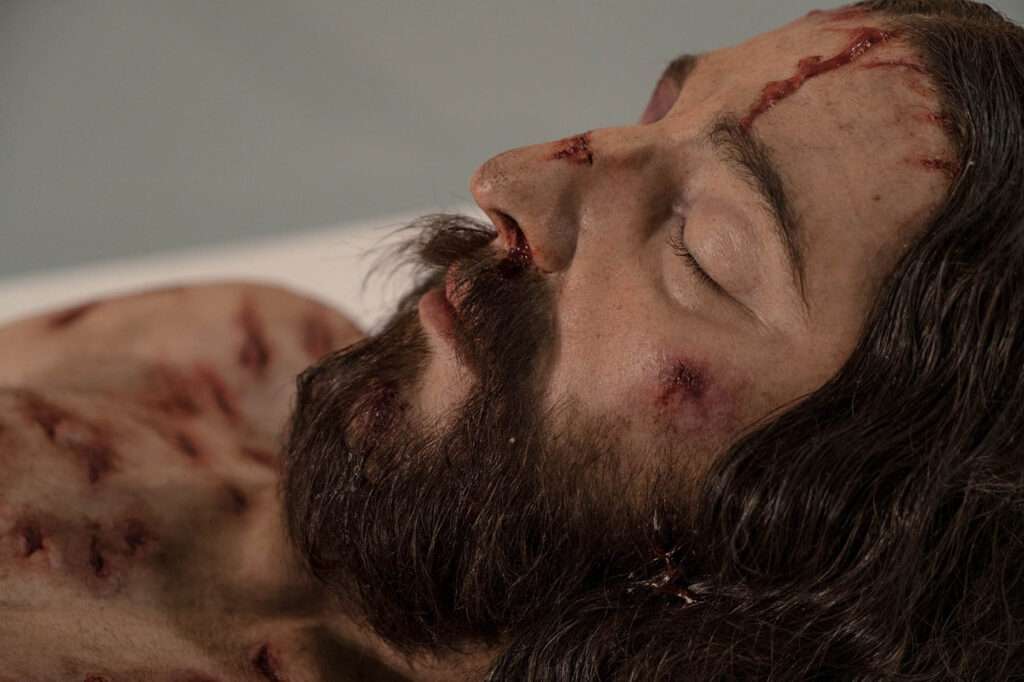
The impressive creation went on display in Salamanca Cathedral, Spain, on Thursday, 13th October, and it can be seen until December. After that, it is set to go on a worldwide tour, with exhibitions scheduled on five continents.
The organisers of ‘The Mystery Man’ exhibition told Newsflash: “This exhibition is a journey through the Art, Archaeology and Science on the Holy Shroud that are shown for the first time together in this unique, 600-square-metre [6,458-foot] exhibition.”
They added: “The main piece of the exhibition is a hyper-realistic and volumetric representation of the man in the Shroud, which was unveiled for the first time during the opening press conference.”
Jose Luis Retana, the Bishop of Salamanca, said: “This morning in this cathedral we are going to be the protagonists of what seems to be a worldwide success.”
He also reportedly highlighted “the great opportunity that this exhibition represents for the faith in Salamanca”.
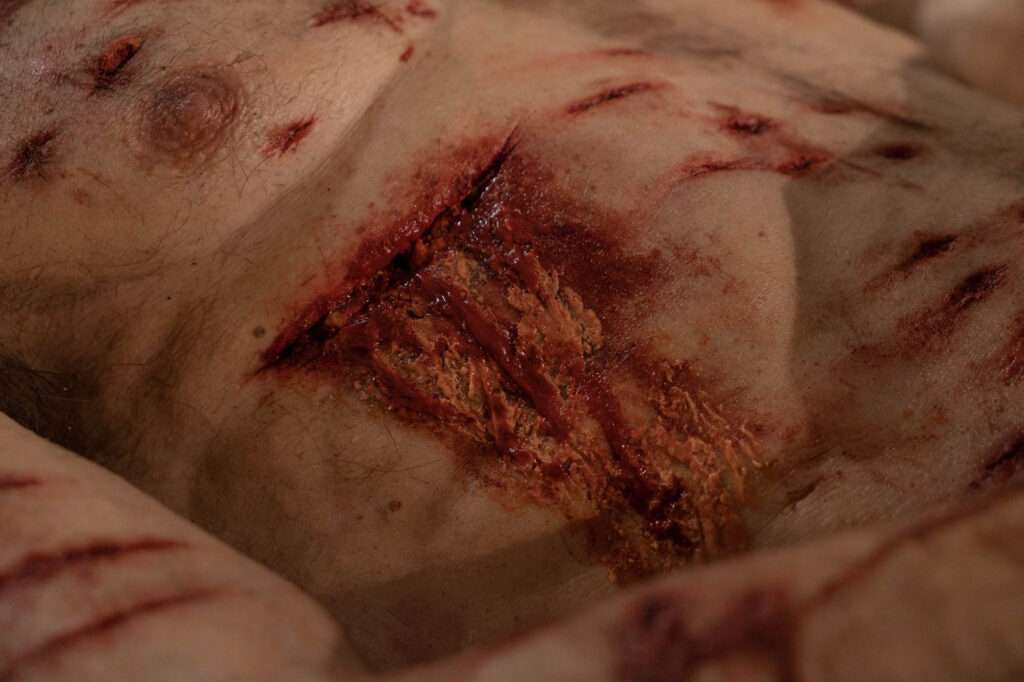
Archbishop Retana said that the body of the man in the Holy Shroud can represent “the concretion of God’s love that becomes flesh in Jesus Christ who dies like a malefactor with a terrible sacrifice for our salvation. There is no greater love in the world.”
And Carlos Garcia Carbayo, the Mayor of Salamanca, described ‘The Mystery Man’ as “a great exhibition that will have a worldwide echo and that comes out of Salamanca, it is a source of pride for all Salamancans”.
Alvaro Blanco, the curator of the exhibition, explained that the exhibition represents 15 years of studying the Holy Shroud, praising the “courage of ArtiSplendore and the Cathedral of Salamanca who have opted for the project of the exhibition The Mystery Man”.
ArtiSplendore manages various cultural and touristic monuments and is in charge of the project.
He added: “No one had dared to make a hyper-realistic body like this. We have dared and we hope that the exhibition will be a complete success.”

(The Mystery Man/Newsflash)

(The Mystery Man/Newsflash)
Francisco Moya, the CEO of ArtiSplendore, emphasised the “pilgrim exhibition” he hopes ‘The Mystery Man’ will have.
D. Antonio Matilla, dean of the Cathedral of Salamanca, said that “the city council hopes that this exhibition will renew the waters of the body and spirit of believers and non-believers and bring us closer to the mystery.”
To find out more about the author, editor or agency that supplied this story – please click below.
Story By: Joseph Golder, Sub-Editor: Marija Stojkoska, Agency: Newsflash
The Ananova page is created by and dedicated to professional, independent freelance journalists. It is a place for us to showcase our work. When our news is sold to our media partners, we will include the link here.

